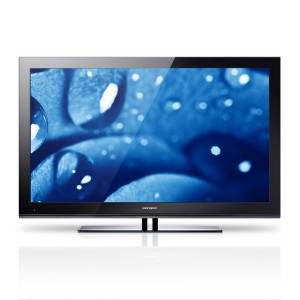As we all know, LED components have narrow Street Light spectrum, pure colors, thus very good and eye-catching performances in the color presenting. Even in stores (bright environment), LED flat-panel TVs still can clearly unfold details. Certainly, it has closed relations to features of LED components. It is their more advanced features that determine the high color saturation, wide color range of LED flat-panel TVs. Moreover, the new side-lighting mode LED LCD TVs can be made very thin, enabling LED LCD TVs to save more energy than ordinary LCD TVs. At present, Samsung, LG, Konka, Hisense and other manufacturers all have introduced side lighting mode LED TVs.
Large-sized flat-panel TV is an inevitable developing trend. But what size is reasonable? Choosing suitable size based on the size of your individual housing space is the most reasonable way. Clearly, “the size of your individual housing space” mainly refers to the viewing distance (distance between your eyes and the TV screen).
LCD panel display technology can be divided into hard screen and soft screen. Soft screens mainly refers to the VA class, hard screens are also known IPS panels. IPS hard screens are more advanced in all aspects of performances: fast response, outstanding dynamic pictures, stable, wide viewing angle, better cost control. The greatest feature of IPS panels is that both of their poles are on the same surface, unlike other LCD mode electrodes, which are mounted in the upper and lower sides. Since electrodes on the same panel, regardless of the state, liquid crystal molecules are always parallel with the screen, decreasing the opening ratio and the transmittance. Therefore, IPS-based LCD TVs need more assistance of backlight, and consequently consuming more power in some extent.
It is one-sided to say that LCD TVs can work much longer than plasma TV sets. Certainly, LED flat-panel TVs have longer service life, due to their more sophisticated technology. Although the lifetime of liquid crystal materials can be said infinitely long, but the lifetime of liquid crystal materials are not equivalent to the whole service life of LCD TVs. Dead pixels may frequently occur because of the damage to LCD driver tubes. The marked 60,000-hour service life of LCD TVs is just the lifetime of backlight tubes. With current technology, backlight tubes cannot be replaced individually.

